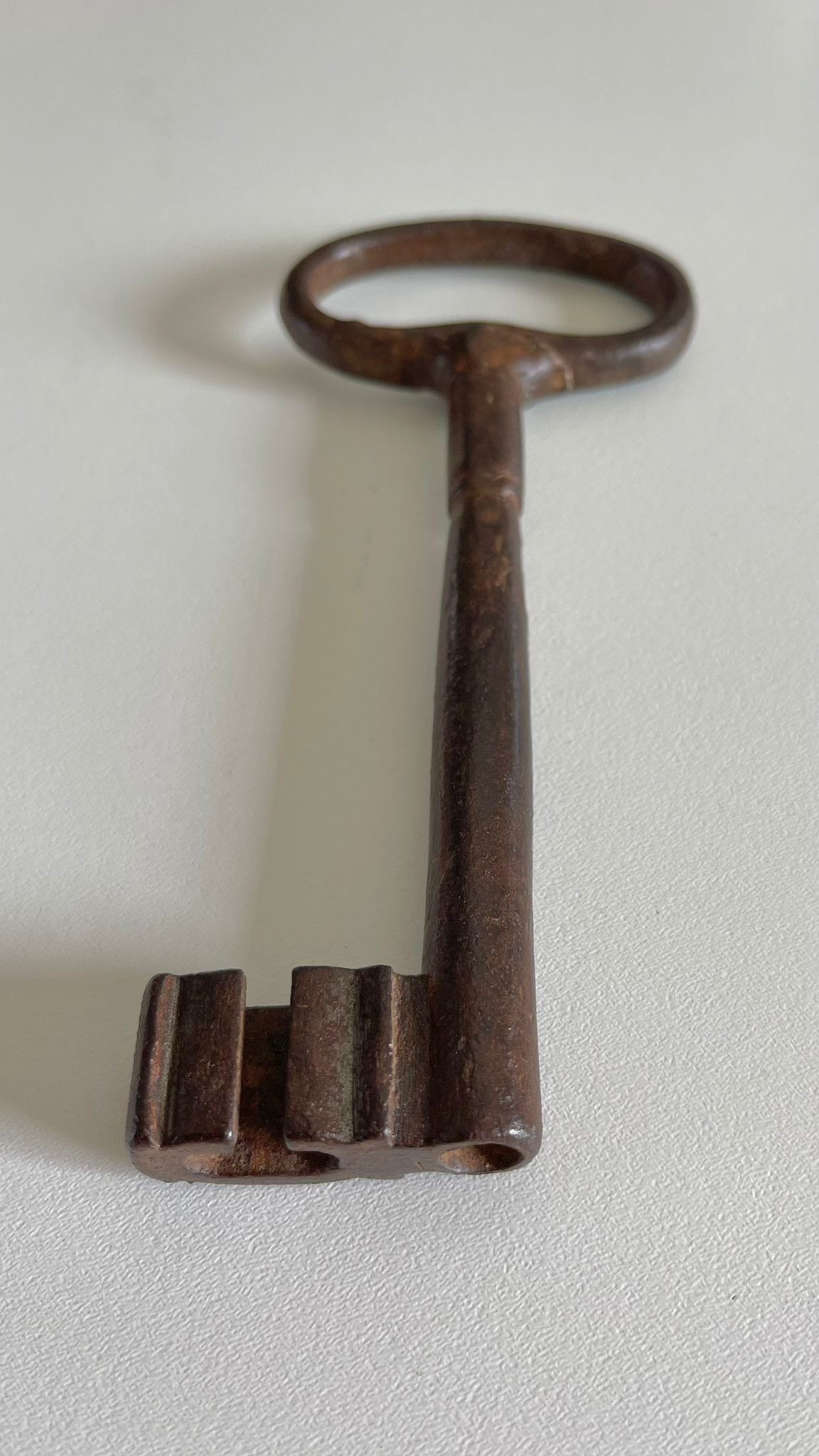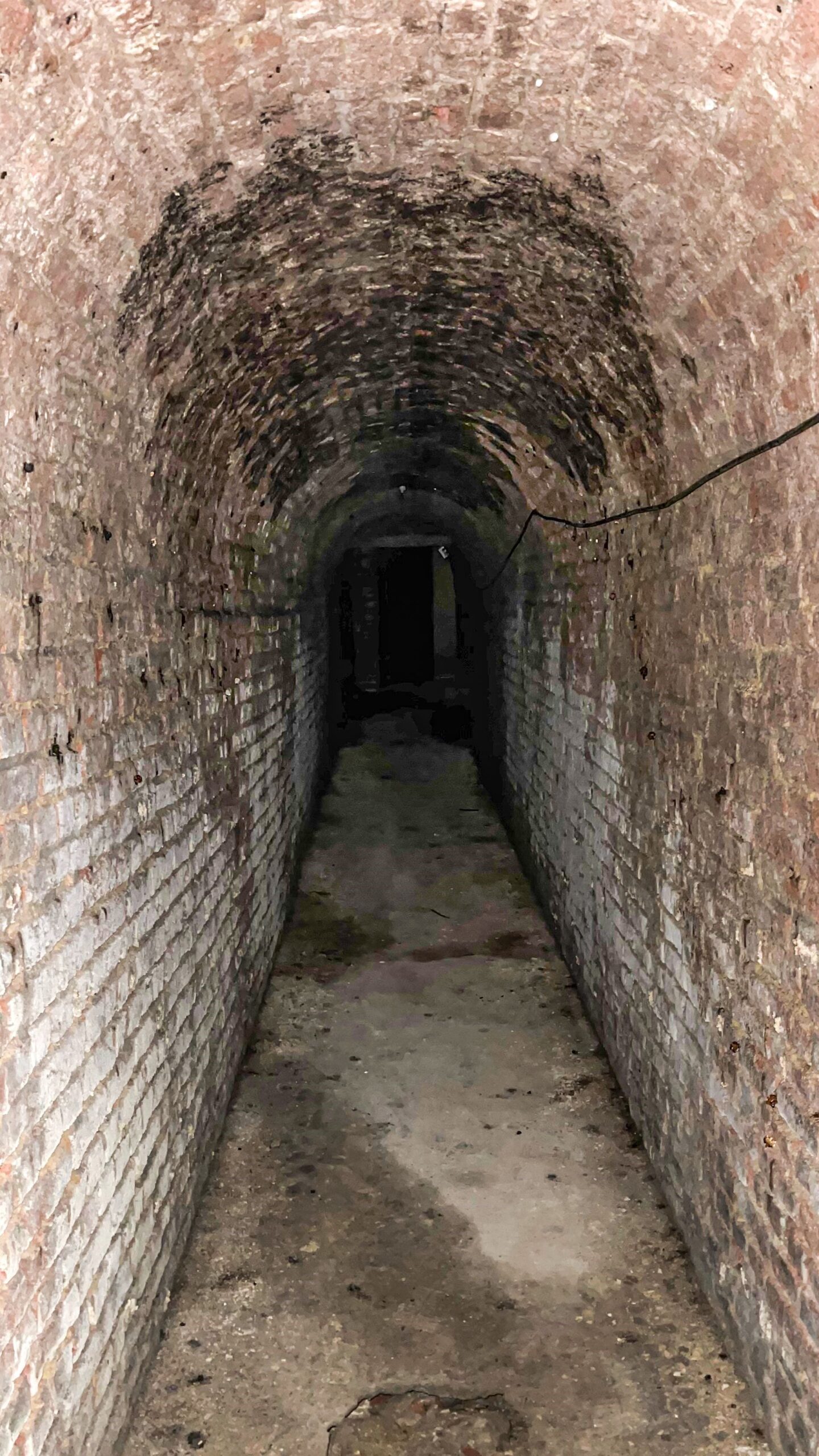Tales from the underground
If the walls of the basement in the New Zealand Liberation Museum – Te Arawhata had eyes, they could tell many tales.
There is an eerie yet beautifully crafted tunnel dating back to the 1600s. The local gendarmerie (police), which occupied the building for more than 60 years, housed prisoners in the underground cells. One of the chunky keys still survives to this day.
And as is tradition in France, the basement area was also a dedicated wine cellar because of the cooler, more temperate environment it retains throughout the year.


The tunnel under the museum, which extends out underneath the grounds, has the year 1632 etched into the stone dating it back to the era of Sebastian Vauban, the military engineer who designed the fortified outer walls of Le Quesnoy.
Initially there was potential for an underground visitor experience to be included as part of the museum development, however health and safety regulations do not allow it in the building.
If travellers and visitors to the museum are looking for a tunnel experience, one hour drive from Le Quesnoy are the famous Wellington Tunnels in Arras. The New Zealand Tunnelling Company, along with 43 members of the New Zealand Māori Pioneer Battalion, were recruited in 1915 to dig the famous tunnels under the town which played a decisive role in the Battle of Arras.
Back in Le Quesnoy, a tombstone depicting an angel was also located in front of the manor house during the renovation dating back to when the site was an Abbey many hundreds of years ago. Local Le Quesnoy researchers are investigating the origin and history of the stone – in the meantime the museum has it for safekeeping.
When the museum opens on October 11 the basement area will be used for storage, housing electrical equipment, and a new wood pellet burner. The burner requires 16 tonnes of wood pellets a year – siphoned directly into silos in the basement from a delivery truck – to run it.
Looking back on the long and eventful history of the site, the museum project only represents a tiny fraction of time. But with the renovation now complete, and the installation of Wēta Workshop’s visitor experience in motion, the museum is set to take pride of place in this historic town.

